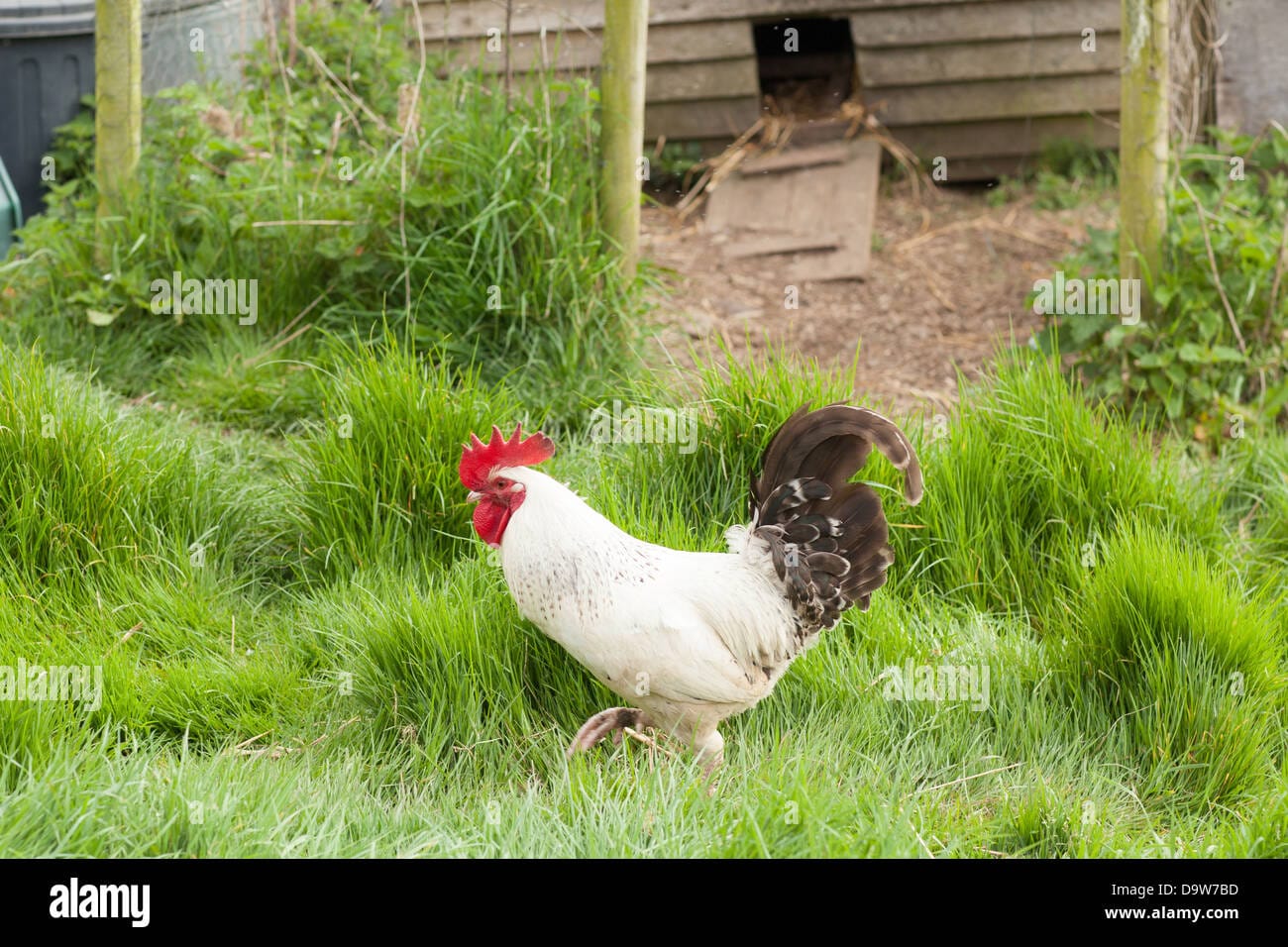Yes, you can eat cockerels (young roosters). Discover the surprising benefits of this sustainable meat source. Ever wondered if do cockerels lay eggs? This guide covers everything you need to know about raising and cooking cockerels, from farm to table. We’ll explore the unique flavor and texture of cockerel meat, providing tips for a delicious and ethical meal. Perhaps you’re also battling garden invaders and need some effective chipmunk and squirrel traps?
What is a Cockerel, Anyway?
A cockerel is simply a young male chicken, usually under a year old. Think of it as the teenage phase before they mature into a full-grown rooster (sometimes called a cock). This distinction is important because a cockerel’s age significantly impacts its meat’s flavor and texture.
Cockerel Cuisine: Flavor, Texture, and Nutrition
From tender and chicken-like to robust and gamey: Explore the changing taste of cockerel meat as it matures. Cockerel meat offers a unique culinary experience, often described as having a richer, slightly gamey taste compared to a hen. Some even compare it to pheasant or other wild game birds. The flavor intensifies as the bird matures.
Younger cockerels (around 4-6 months old) have tender meat, quite similar to a regular chicken. Perfect for roasting, grilling, or even a quick pan-fry. As they get older, their muscles develop, resulting in firmer meat with a more pronounced gamey flavor. This doesn’t mean the meat is inedible; it just requires different cooking techniques.
Like chicken, cockerel meat is a nutritional powerhouse. It’s packed with protein, essential B vitamins, and zinc. Raising your own cockerels gives you complete control over their diet, potentially resulting in even healthier meat than store-bought chicken.
Raising Cockerels: A Sustainable Choice
Raising and butchering your own cockerels: A guide for homesteaders seeking self-sufficiency. Incorporating cockerels into your flock is a smart and sustainable homesteading practice. Butchering them around 4-6 months ensures the best meat quality and addresses the ethical concern of surplus male chicks in commercial egg production. It’s a responsible way to utilize the whole bird and minimize waste.
Cooking Cockerel: From Simple to Sublime
For younger, tender cockerels, your cooking options are wide open. Roasting, grilling, or frying all work beautifully. For older, tougher birds, the key is “low and slow.” Braising in flavorful liquids or simmering in hearty stews will tenderize the meat, resulting in melt-in-your-mouth deliciousness. The longer cooking time also allows the robust flavors to deepen and develop.
Cockerel vs. Hen: A Culinary Comparison
| Feature | Cockerel | Hen |
|---|---|---|
| Fat Content | Less, differently distributed | More, evenly distributed |
| Flavor | More intense, sometimes gamey | Milder, classic chicken flavor |
| Texture | Can be tough (age-dependent) | Generally tender |
| Cooking Methods | Versatile (young), slow cooking (older) | Versatile |
While both offer nutritional benefits, their culinary characteristics differ. Hens are generally more versatile, but cockerels offer a unique, richer flavor experience when prepared correctly.
Sourcing Your Cockerel
Finding cockerel might require a little more effort than buying chicken at the supermarket. Look for them at local farmers’ markets, specialty butchers, or consider raising your own. While less common in supermarkets, sourcing directly from local farms supports sustainable agriculture and ethical practices. It’s a win-win for your taste buds and the planet.
Rooster vs. Chicken: Unpacking the Terminology
Cockerel, rooster, and cock all refer to a male chicken. A capon is a castrated male chicken known for its exceptionally tender meat. While often generically called “chicken,” using the specific terms “rooster” or “cockerel” on menus distinguishes the unique qualities of the meat.
| Term | Description | Culinary Notes |
|---|---|---|
| Cockerel | Young male chicken | Similar taste and texture to hen when young. Best for roasting and pan-frying. |
| Rooster/Cock | Mature male chicken | Leaner, tougher, more intense flavor. Ideal for slow cooking methods. |
| Capon | Castrated male chicken | Exceptionally tender and flavorful. Best for roasting. |
| Hen | Mature female chicken | Versatile and suitable for most cooking methods. |
The Ethical Choice
Eating cockerel is not only delicious but also ethical and sustainable. By choosing cockerel, you are utilizing a bird often discarded in commercial egg production, minimizing waste and supporting more humane practices. It’s a conscious choice that benefits both the environment and your palate.
Ongoing Research
Research into the factors influencing poultry meat quality, such as muscle development and the impact of diet, is ongoing. While general guidelines exist, individual birds and cooking methods can significantly affect the final product. There’s still much to learn about the complex interplay of factors that determine flavor and texture.
Conclusion: A Culinary Adventure Awaits
So, are you ready to explore the unique flavor of cockerel? It’s a culinary adventure worth undertaking, offering a taste experience beyond the familiar. Whether you’re a seasoned cook or a curious homesteader, cockerel meat presents a delicious and sustainable option that deserves a place on your table.
- Unveiling the Enigma: Mansoureh Khojasteh Bagherzadeh’s Public Appearances & Private Life in Iran - July 18, 2025
- Unveiling the Mystery: Mansoureh Khojasteh Bagherzadeh’s Husband: A Rare Glimpse into a Private Life - July 18, 2025
- Unveiling Masoud Khamenei’s Mother: Power, Influence, and Iran’s Future - July 18, 2025
















